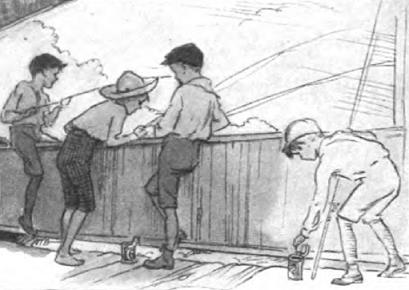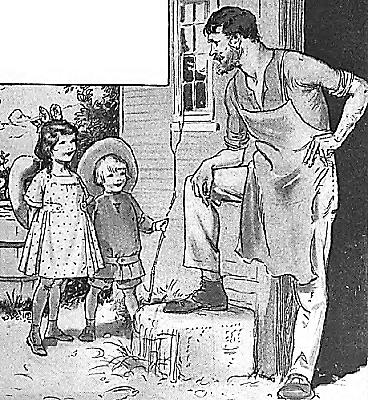 Peter and Polly Series
Peter and Polly
Peter and Polly Series
Peter and Polly




 Peter and Polly Series
Peter and Polly
Peter and Polly Series
Peter and Polly

Study the lesson for one week.
Over the week:
A boiling spring (hot spring) is 'a spring of naturally hot water, typically heated by underground volcanic activity.'
Facts about hot springs:
Did you know the center of the Earth is blazingly hot? The deeper under the Earth's surface, the hotter it gets. The center of the Earth is a solid ball of hot metal, surrounded by a liquid sea of melted metal (see the picture below). This energy is what warms the water of boiling springs.

Activity 1: Narrate the Story
Activity 2: Hot Earth
Objective:
Investigate and simulate the heat source of a boiling spring.
Procedure: